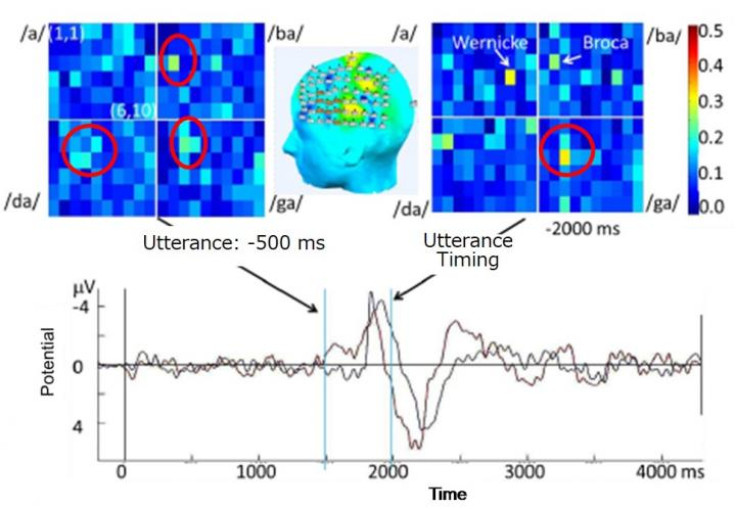Telepathic typewriter: Scientists create mind-reading device for people who can't communicate
System can recognise numbers with 90% accuracy and could arrive in smartphone form within 5 years.

Scientists in Japan have developed a device that can read people's thoughts by monitoring their brainwaves. The system is capable of translating brain activity into numbers and syllables and could be used to create a telepathic 'typewriter' for people who are unable to communicate.
Researchers at Toyohashi University of Technology claim the system can recognise the numbers zero to nine with a 90% accuracy rate and also recognises 18 types of Japanese monosyllables with an accuracy of 60%.
An "easily operated" version of the device connected to a smartphones could be developed within the next five years, the research group said.
To develop the device, scientists used an electroencephalogram (EEG) connected to electrodes that to monitor people's brain waves while they spoke aloud. Brain activity data was then mapped to numbers and syllables though machine learning, eventually enabling the system to automatically recognise what was being said.

The group now plans to create a brain-computer interface capable of recognising words based on thoughts alone, which could materialise in the form of "an EEG-activated typewriter in the near future" and offer a "natural interface without any limitation".
Technology allowing humans to interface with machines using thought alone has generated a huge amount of interest from research groups in recent years, with major organisations including Facebook and Darpa both looking to make brain-computer interfaces a reality.
Mark Zuckerberg is a known proponent of the technology, having previously suggested that future social media platforms would allow users to communicate with each other directly using thought alone.
© Copyright IBTimes 2024. All rights reserved.






